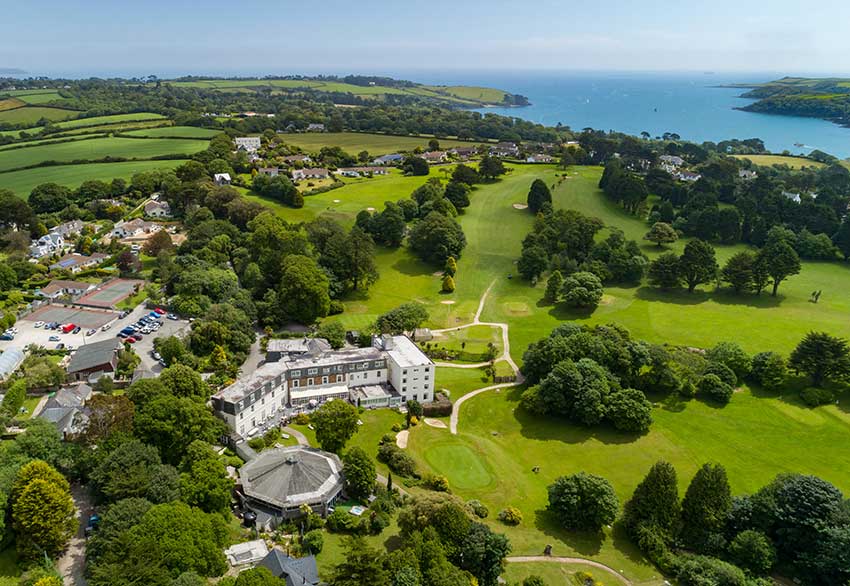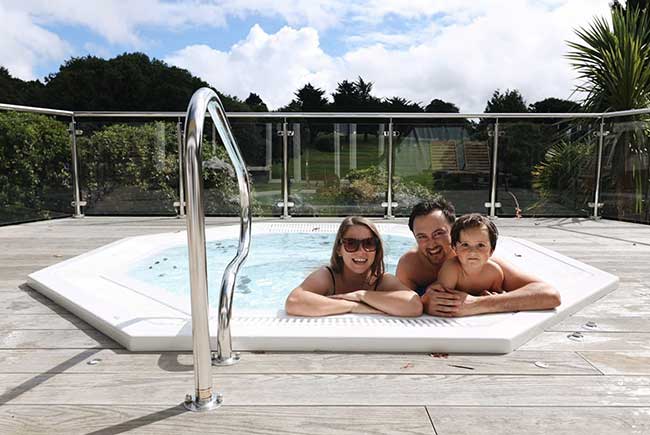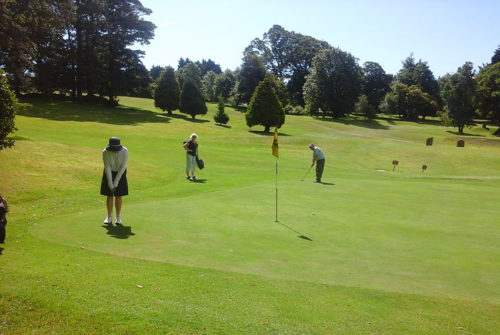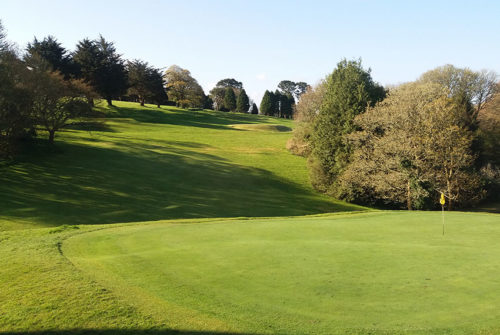News from Budock Vean
Budock Vean and the Domesday Book
Here’s a little bit more Budock Vean history for you, this time dating from the Domesday Book.
After the Norman conquest in 1066, much of Cornwall was divided up between the aristocracy. By 1085 Budock Vean, lying in Constantine parish, would have formed part of the Manor of Penryn-Foreign, owned by the Bishop of Exeter. In Britain’s earliest surviving public record, the Domesday Book, Constantine made up one of 34 places listed in the Hundred of Winnianton.
The first mention of Budock Vean dates to a document from 1327, where it is recorded as ‘Sanctus Budocus’. The addition of ‘Vean’, meaning small, may have been used to separate it from the larger parish of Budock Water, a few miles away. Budock Vean is also referred to in a mid-13th century list of Free Tenants of the Bishop of Exeter under a Richard de Sancto Buthock, and in a 14th century document under a Benedict de Sancto Budoco. A record from 1538 lists the existence of an Eglos Bothyck-Vyan, meaning Little Budock Church, in the manor of Penryn Foreign.
Relics such as ceramic pottery and earthworks indicate that sites around the Helford River were occupied during the Iron Age. In a document from 1649, Budock Vean is recorded as containing a ‘Little Park an Geor’, meaning ‘field with the fort’. This ‘fort’ is a strong indicator that the site contained a ‘round’, prehistoric defended settlements which are especially concentrated around sites at the Helford. Today, the exact location of this site remains undiscovered as it was not chartered on early ordnance survey maps.







